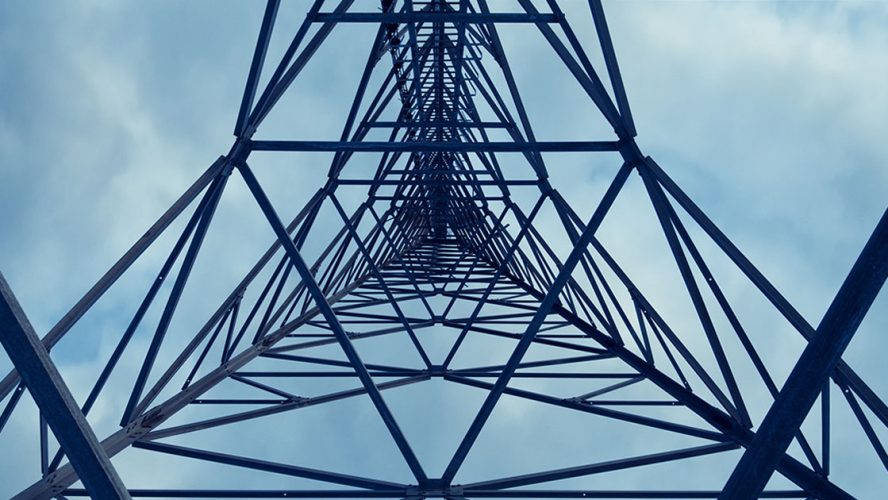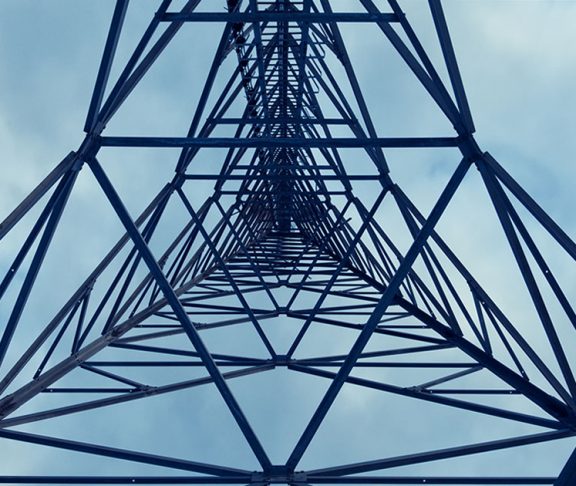Sponsored By: goTenna
The destruction caused by hurricanes, earthquakes, and wildfires this year are still fresh in the public mind, with relief efforts ongoing. When centralized communications are down, humanitarian and public safety workers and of course regular civilians caught in the wake of a disaster need a plan B to get help where it needs to go. This is where mesh networks — and a smart new communications company — come in.
“Ours is a platform that enables a new layer of people-powered connectivity — no towers, routers or satellites,” explains Daniela Perdomo, co-founder of goTenna, which produces the first mobile, off-grid mesh network available to anyone with a phone. goTenna Mesh devices pair to any smartphone and turn them into long-range peer-to-peer radio transmitters capable of relaying texts and GPS locations without phone service or even wifi. Unlike traditional cell or wifi networks that get overloaded, the more devices in a mesh network, the stronger it gets. In a disaster zone like Puerto Rico, which lost 93 percent of its communications infrastructure after Hurricane Maria two months ago, these devices are actually saving lives.
Reconnecting victims
“Without communications, help is blind,” says Javier Malavé, who runs a grassroots effort to rebuild Puerto Rico called PR Reconnects. Malavé is using mesh networking through goTenna devices. Now, people don’t have to drive for hours every day just to let aid workers know what they need: they can just send messages from one goTenna Mesh to the other until they reach their intended recipient. Units have been set up at churches, schools, and hospitals, connecting key parts of the community while power and communications systems are still down.
Increasing efficiency
In a disaster, relief efforts need to move efficiently to save a maximum amount of lives. Adam Haber, a board member of the non-profit All Hands Volunteers, was on the ground in St. Thomas days after Irma hit and used goTenna Mesh devices to coordinate among first responders.
“There were no communications — no cell service,” he says. “goTenna Mesh helped us get the community back on their feet.”
goTenna Mesh — as the first and only of its kind — is already being used all over the world as a backup to traditional cell service; even those simply hiking off-grid or staying in touch with companions on holiday are adapting this seemingly effortless tech as a way to stay connected. Mesh networks are filling a critical gap by creating a new layer of connectivity that requires nothing but a phone and can be useful not just in disaster situations, but anywhere phone service is falling short.
Dash Lunde, [email protected]

